writing
Plan problems into narrative stories
Narrative writing is intended to entertain the reader. And yet, many students craft stories that are less than engaging. Kid-created pieces often have characters who are walking and talking inside of detailed settings. However, they lack a plot!
In order to have a plot, someTHING has to happen to someONE. This conflict is what makes a story engaging!
To ensure this necessary ingredient is part of your students’ writing, kick off a narrative unit with three pivotal points.
#1: Account for ALL story elements
Students are learning about character, setting, plot, and theme details in the reading block. So, bring that same academic language into the writer’s workshop as you teach students about writing narratives that include problems and solutions.
Just like the literature we read includes all the story elements, so must the narratives we write.
Honor that students typically begin their own narratives with character and setting details which is good. However, these story elements alone do not make it a narrative.
Characters must face a problem that gets solved. The problem and resolution are what comprise the plot, making them essential to any narrative.
#2: Plan the problem first
It’s easy for students to get caught up writing the introduction to their narrative—developing the character and setting details. However, because the problem is the most important part of the story, it makes more sense to plan the middle of the piece first. After all, this is where the problem is revealed.
After the middle is planned, move on to the ending. Remind students that the character’s problem (from the middle) can’t just continue to get worse—there has to be a resolution (an ending). And while resolutions don’t have to be happy, they are necessary.
Although this approach (planning the middle and end before the beginning) may seem contradictory to what many teachers learned, an elaborate setting and detailed characters are not imperative ingredients for writing narratives. With little more than a first name and a stated location, a writer can generate an engaging story centered on finding a solution to a major problem for any narrative type of writing.
#3: Introduce the 3 problem types
As you teach problems and solutions for narrative stories, explain to students that while there are limitless problems a character can face, they all fall under one of the three broad categories. The main character has a problem with:
- Someone (e.g., an individual, a group/society).
- Something (e.g., a situation, the weather/nature, technology).
- Himself (e.g., his feelings, his attitude).

Return to previously-read short stories and quickly review the plot. Then label each story problem with one of the three categories.
Model how to brainstorm character problems for a new narrative
With knowledge of problem types, now transition into generating stories with problems.
Reveal a photograph where the characters are in a particular setting. For example, two brothers (characters) are building a sandcastle at the beach (setting).
Then, think aloud about what could happen in that scene that would create conflict. Brainstorm several examples, reminding students of the 3 problem types.
- Someone: One character accidentally flicks sand in the eye of the other.
- Something: The tide comes in and washes away their sand castle.
- Himself: They find a gold ring buried in the sand and consider keeping it for themselves.
After modeling writing narratives with one photo (i.e., I do), repeat this process with a second photograph, asking the students to help you (i.e., We do). Eventually release them (i.e., You do) to generate narrative-story problems using additional images or scenes.

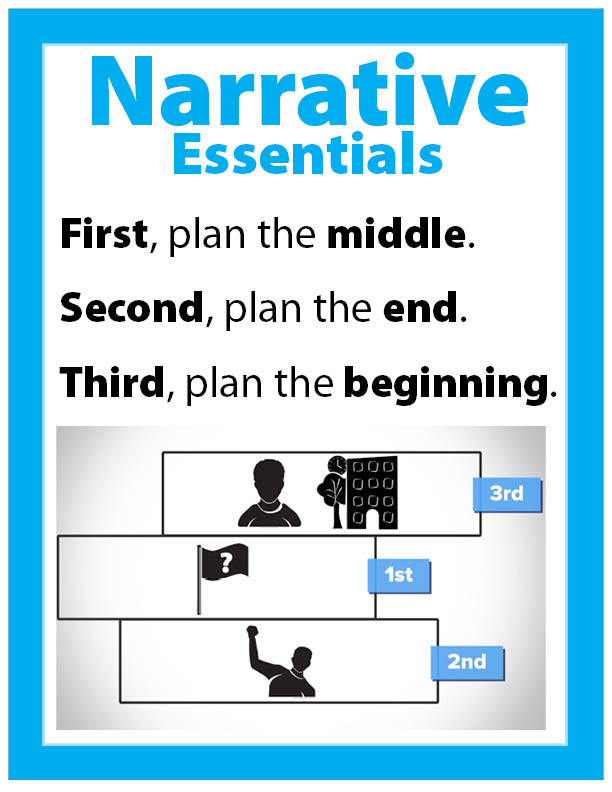
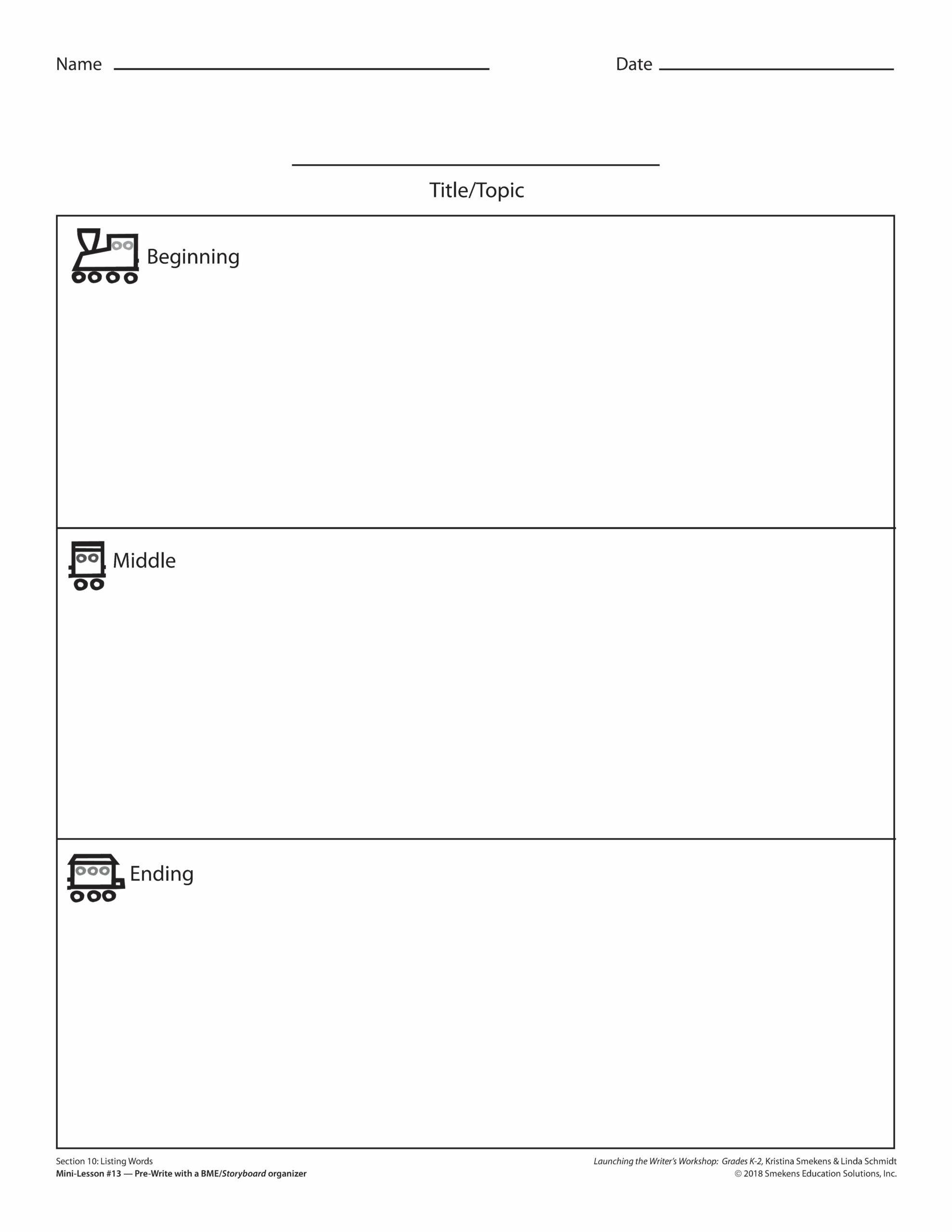
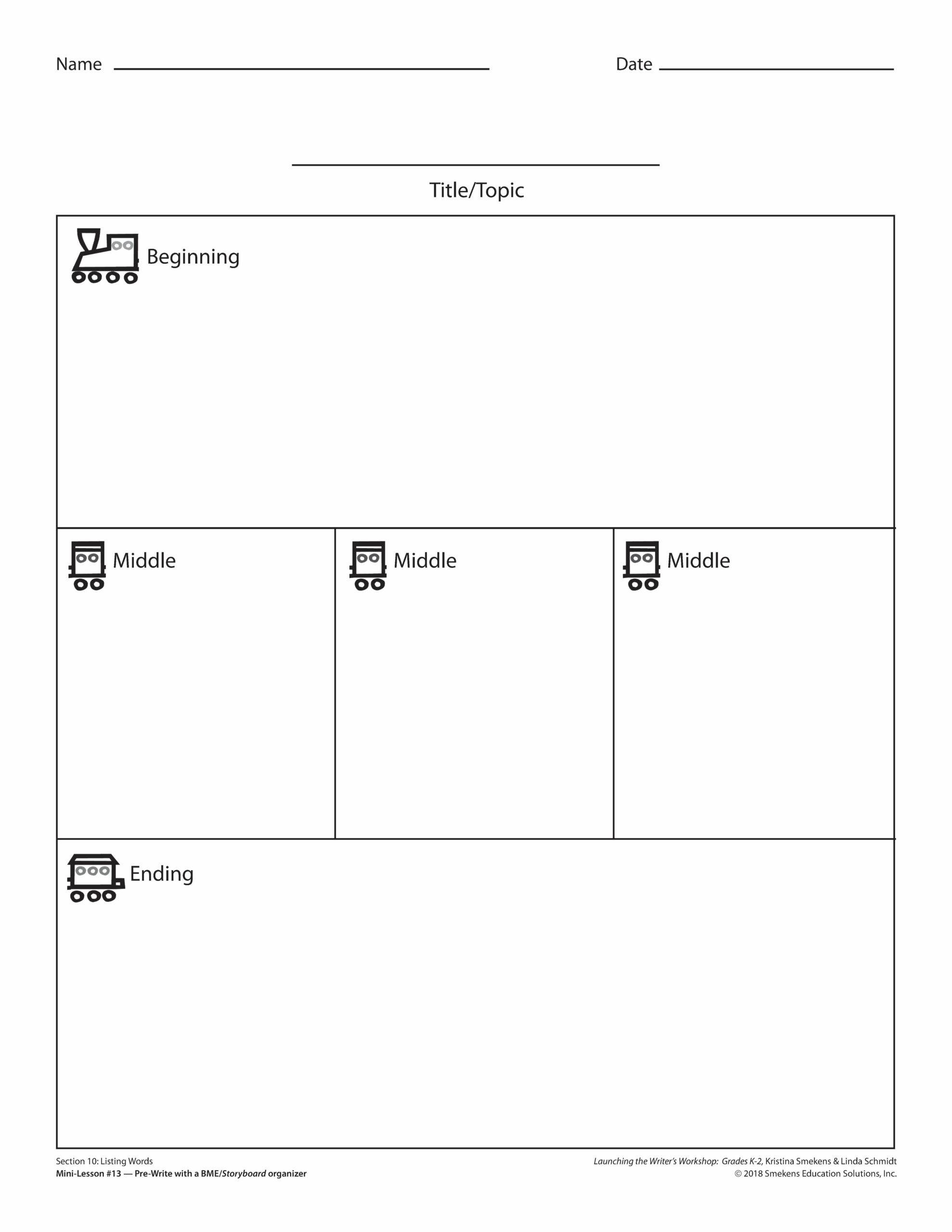
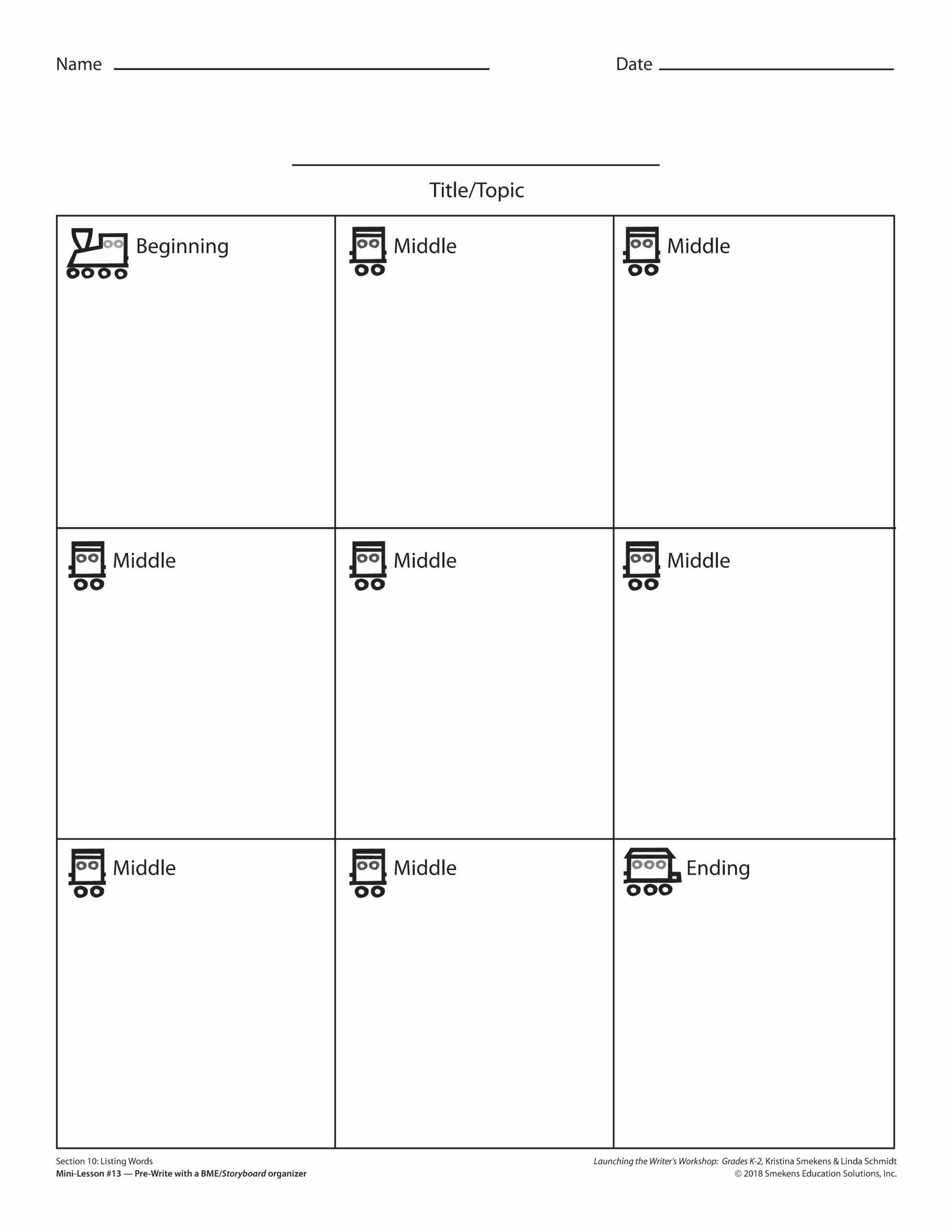





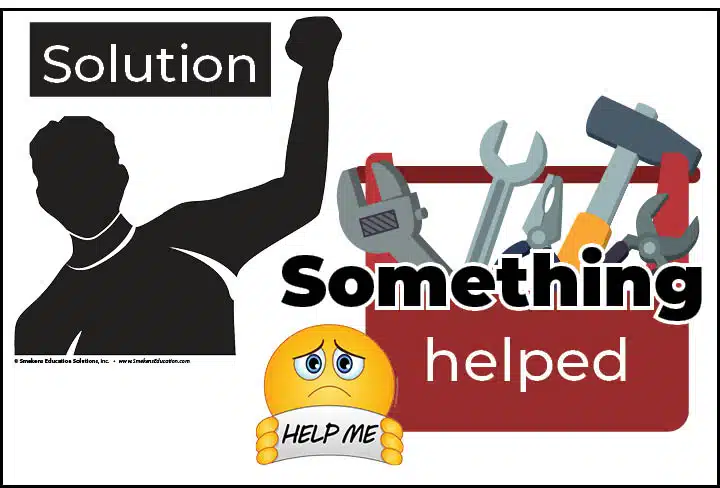
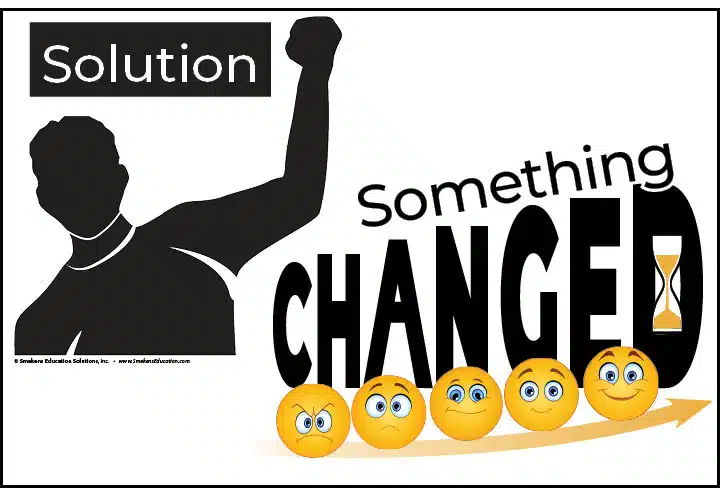
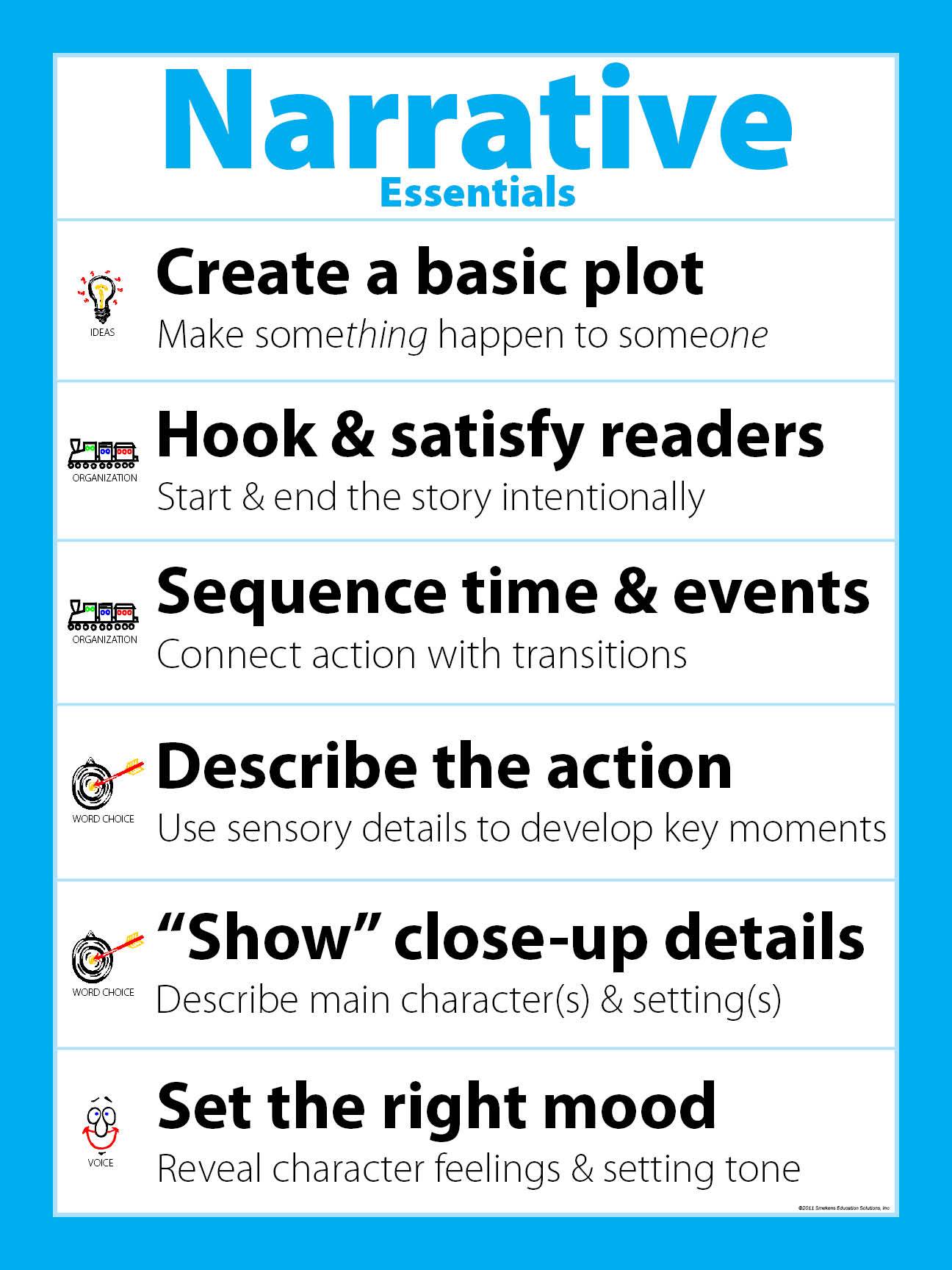

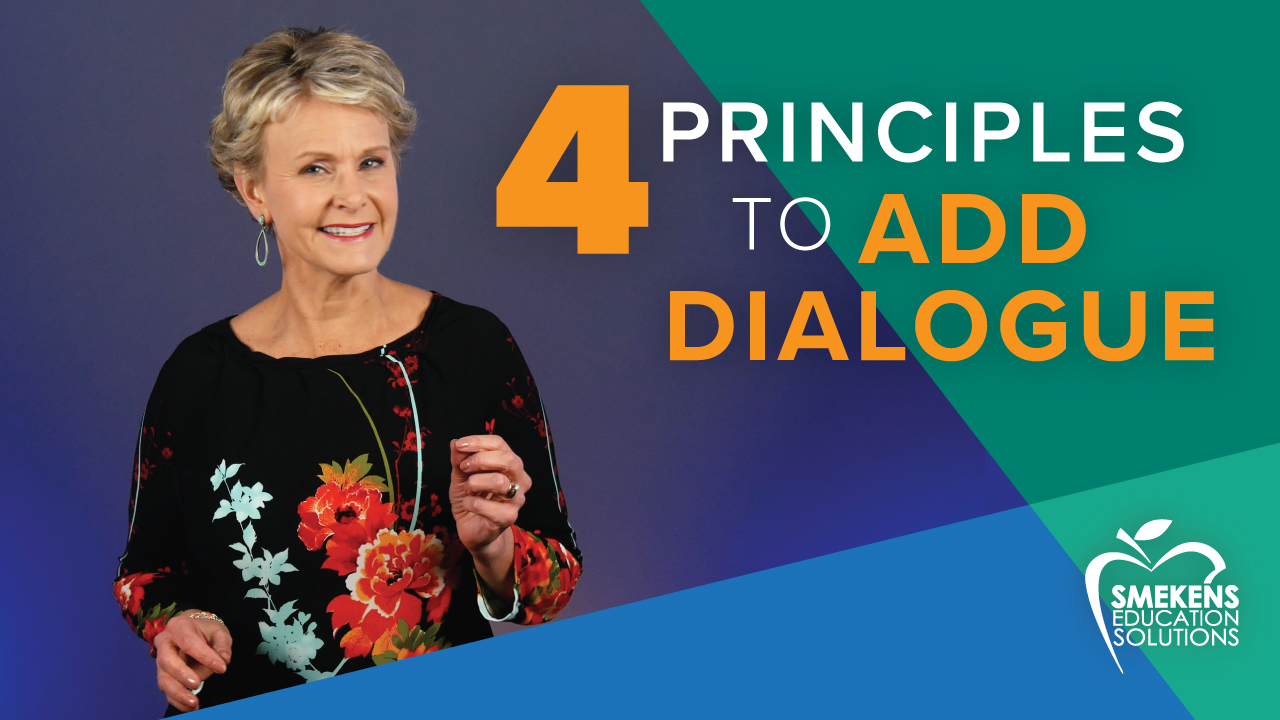
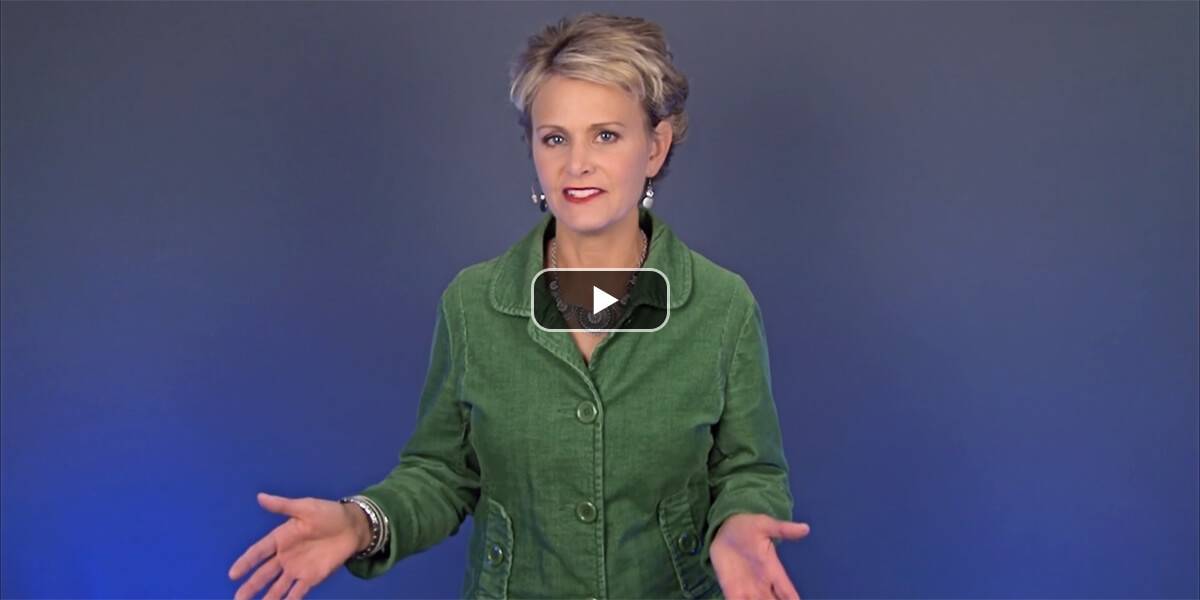
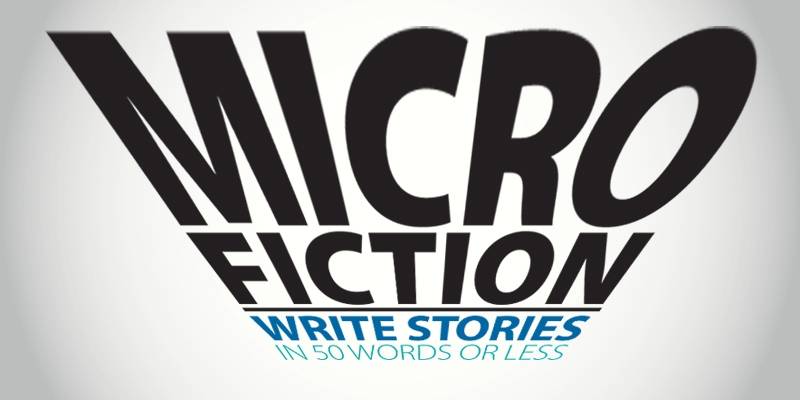
Can we purchase the flags? Cute!
Thanks for asking! Yes, the What is the Problem? Flag is available through The Literacy Store.